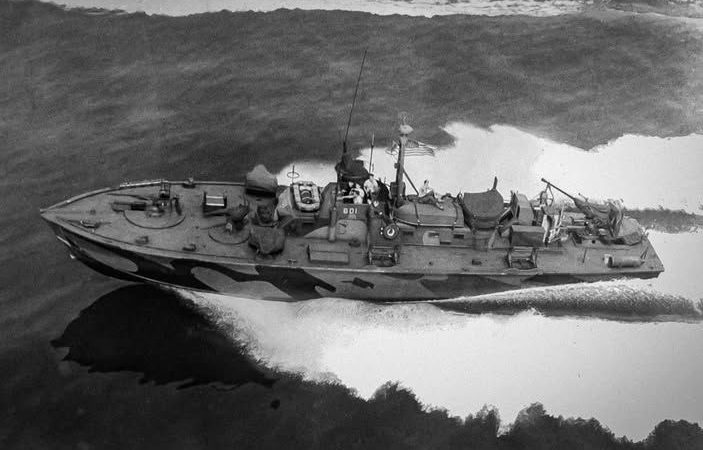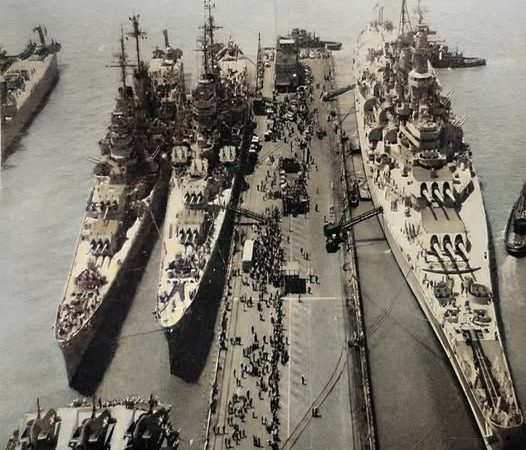HMS Sheffield (FF-19): The Royal Navy’s Type 22 Frigate
Introduction HMS Sheffield (FF-19) was a Type 22 frigate of the Royal Navy, named after the city of Sheffield in England. She was the fourth ship to bear the name “Sheffield” and was commissioned into the Royal Navy in the late 1980s. The Type 22 frigates were designed primarily for anti-submarine warfare (ASW) during the Cold War but also had versatile capabilities to perform in various naval operations.
Design and Specifications The Type 22 frigates were known for their advanced technology and robust design. HMS Sheffield was part of the Batch 2 of these ships, which featured improvements in weaponry, electronics, and radar systems compared to the earlier models. Key specifications of HMS Sheffield included:

- Displacement: Approximately 4,800 tons
- Length: 148 meters (485 feet)
- Propulsion: Combined Diesel or Gas (CODOG) system, enabling high speeds
- Speed: Capable of reaching speeds up to 30 knots
- Armament: Included anti-aircraft missiles, anti-submarine torpedoes, Exocet anti-ship missiles, and a 4.5-inch Mark 8 naval gun.
Role and Capabilities HMS Sheffield was designed primarily as an anti-submarine warfare (ASW) platform, equipped with sophisticated sonar systems and torpedo tubes to detect and neutralize underwater threats. Additionally, her armament included anti-aircraft and anti-ship weaponry, making her a multi-role vessel capable of providing air defense and engaging surface targets.
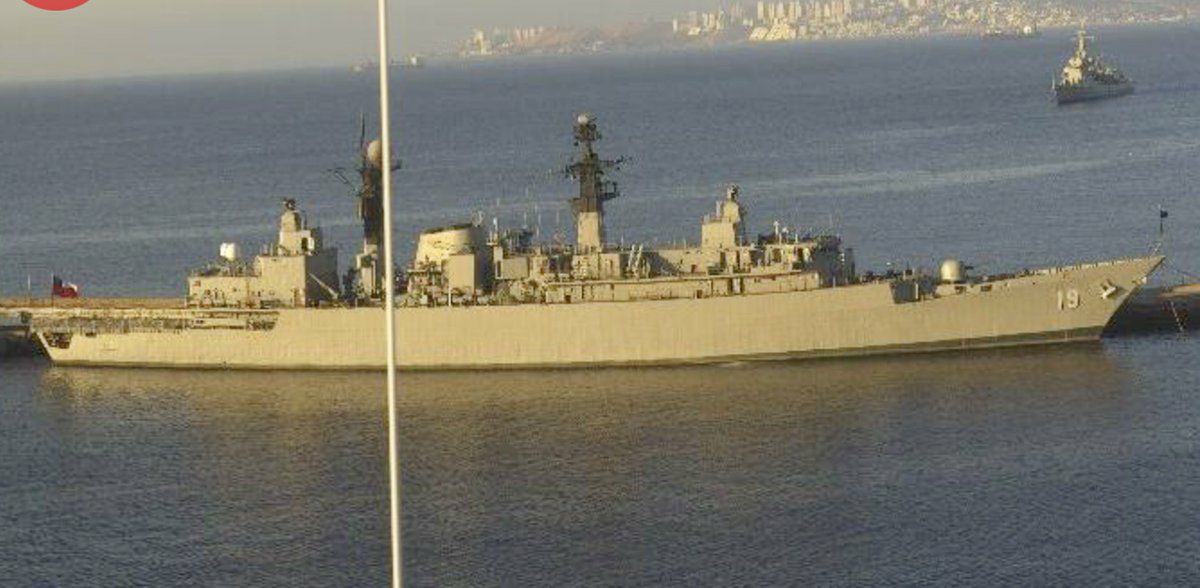
One of the key features of HMS Sheffield was its ability to operate helicopters, such as the Lynx or Merlin, which significantly extended its range for both ASW operations and surface attack missions. This capability allowed the frigate to detect and engage enemy submarines or ships at greater distances, enhancing the fleet’s overall combat effectiveness.
Operational History HMS Sheffield served in various operations throughout her career, participating in both NATO exercises and individual missions. She played a role in patrol and escort duties, contributing to the Royal Navy’s efforts in maintaining maritime security. Although she was primarily designed for the Cold War environment, her versatility enabled her to adapt to new roles in a changing geopolitical landscape.
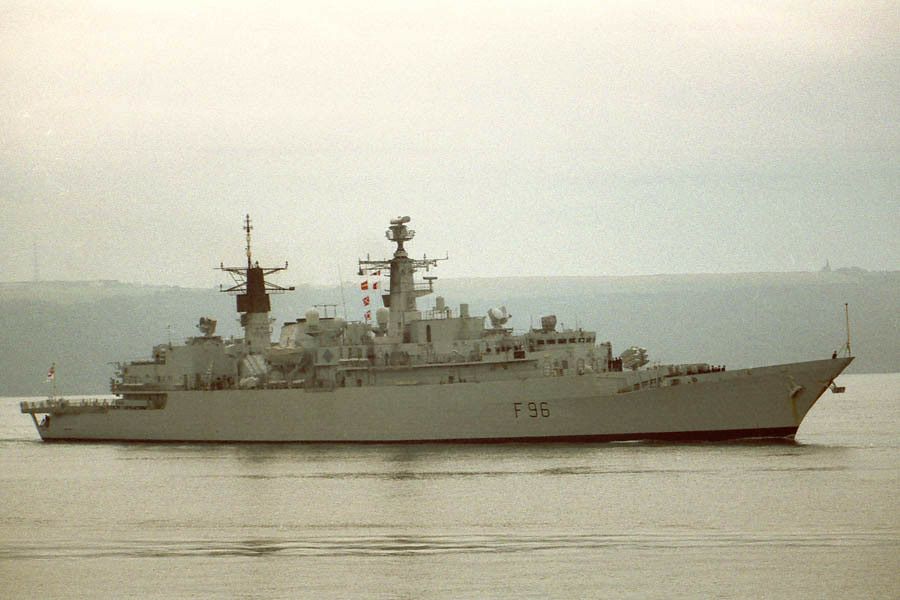
During her service, HMS Sheffield also took part in humanitarian and peacekeeping missions, showcasing the Royal Navy’s commitment to international stability and support for allied nations.
Decommissioning and Legacy HMS Sheffield was decommissioned in the early 2000s as the Royal Navy began phasing out the Type 22 frigates in favor of more modern vessels. Her decommissioning marked the end of an era for this class of ships, which had been an integral part of the Royal Navy’s fleet during the latter half of the 20th century.
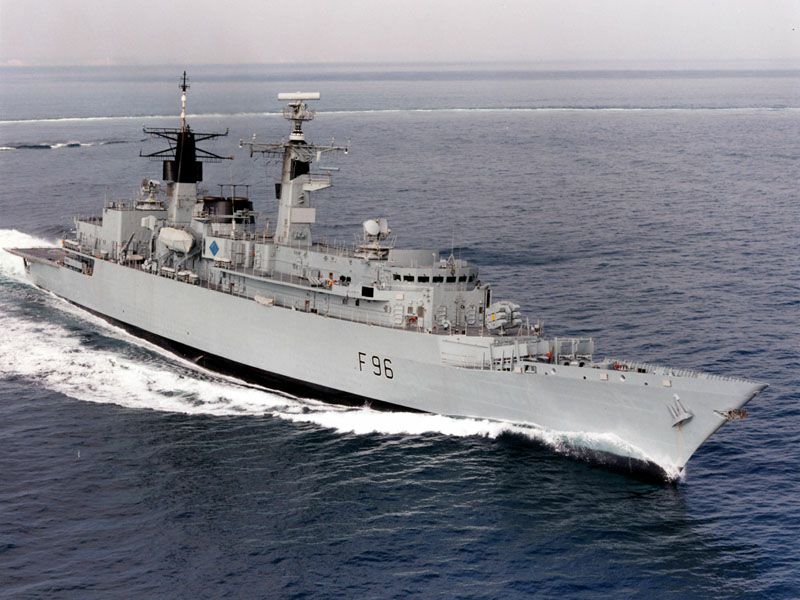
Despite her retirement, HMS Sheffield left a significant legacy within the Royal Navy. She represented technological advancements in naval warfare and demonstrated the strategic importance of versatile and capable frigates in modern naval operations. The lessons learned from the Type 22 frigates like Sheffield have influenced the design and development of subsequent classes of Royal Navy warships.
Conclusion HMS Sheffield (FF-19) was a notable member of the Royal Navy’s Type 22 frigate class, embodying the technological and tactical evolution of naval warfare during the Cold War. With her multi-role capabilities, she played a crucial part in maintaining maritime security and supporting international operations. Though no longer in service, HMS Sheffield’s legacy lives on, reflecting the enduring value of innovation and adaptability in naval engineering.


